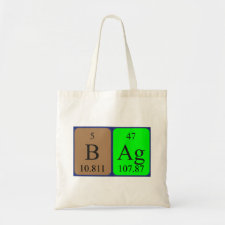
Authors: Michailof C, Manesiotis P, Panayiotou C
Article Title: Synthesis of caffeic acid and p-hydroxybenzoic acid molecularly imprinted polymers and their application for the selective extraction of polyphenols from olive mill waste waters.
Publication date: 2008
Journal: Journal of Chromatography A
Volume: 1182
Issue: (1)
Page numbers: 25-33.
DOI: 10.1016/j.chroma.2008.01.001
Alternative URL: http://www.sciencedirect.com/science/article/B6TG8-4RHP9BS-4/2/f41a19f19d01dc1322f70ab7f9e8cf6e
Abstract: Using caffeic acid and p-hydroxybenzoic acid as templates, two molecularly imprinted polymers (MIPs) were prepared that were used for isolation of polyphenols from olive mill waste water samples (OMWWs) without previous pre-treatment. For the preparation of the caffeic acid MIPs 4-vinylpyridine, allylurea, allylaniline and methacrylic acid were tested as functional monomers, ethylene glycol dimethylacrylate (EDMA), pentaerythritol trimethylacrylate (PETRA) and divinylbenzene 80 (DVB80) as cross-linkers and tetrahydrofuran as porogen. For p-hydroxybenzoic acid 4-vinylpyridine, allylurea and allylaniline were tested as functional monomers, EDMA and PETRA as cross-linkers and acetonitrile as porogen. The performance of the synthesized polymers was evaluated against seven structurally related compounds by means of polymer-based HPLC. The two polymers that presented the most interesting properties were further evaluated by batch rebinding and from the derived isotherms their capacity and binding strength were determined. Using solid-phase extraction (SPE), their ability to recognize and bind the template molecule from an aqueous solution as well as the pH dependence of the binding strength were explored. After establishing the best SPE protocol, an aqueous model mixture of compounds and a raw OMWWs sample were loaded on the two best polymers. The result of the consecutive use of the two polymers on the same sample was explored. It was concluded that acidic conditions favour the recognition abilities of both polymers and that they can be used for a quick and efficient isolation of the polyphenol fraction directly from raw OMWW
Author keywords: molecular imprinting, MIPs, Solid-phase extraction, Olive mill waste waters, p-hydroxybenzoic acid, caffeic acid



Join the Society for Molecular Imprinting

New items RSS feed
Sign-up for e-mail updates:
Choose between receiving an occasional newsletter or more frequent e-mail alerts.
Click here to go to the sign-up page.
Is your name elemental or peptidic? Enter your name and find out by clicking either of the buttons below!
Other products you may like:
 MIPdatabase
MIPdatabase









